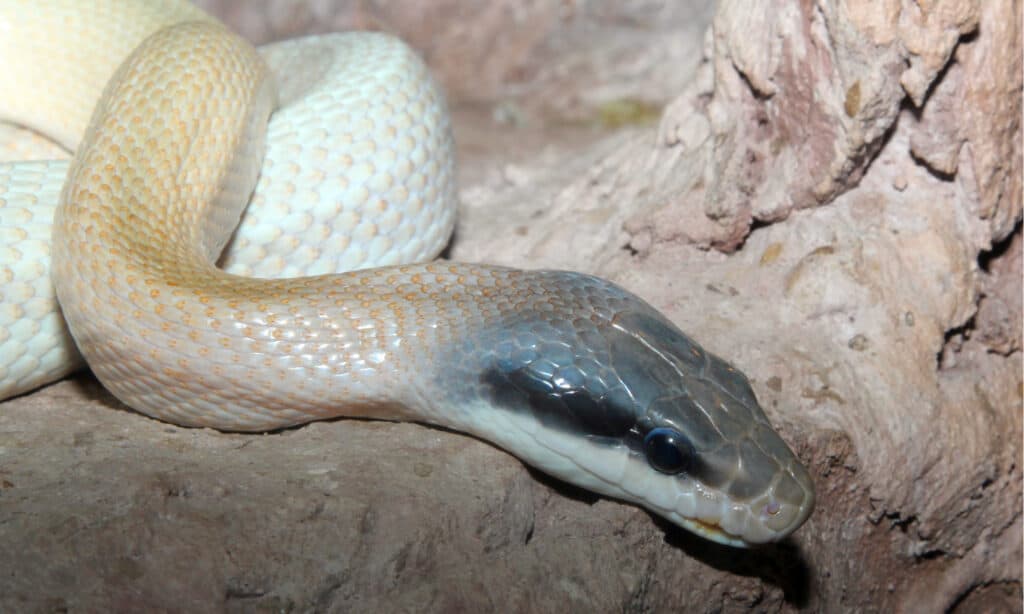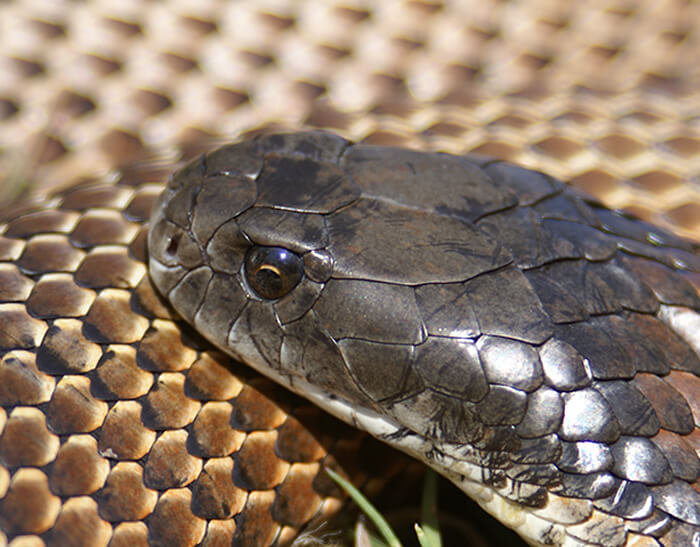Introduction
When it concerns venomous snakes, Australia is home to several of one of the most interesting and dangerous varieties on the planet. Among these, the Tiger Snake attracts attention not just for its potent venom but additionally for its interesting behavior. Recognizing the actions of poisonous snakes like the Tiger Snake is vital for both wild animals fanatics and those staying in locations where these serpents exist. This short article explores different aspects of Tiger Serpent actions, habitat, identification, safety measures, and emergency treatment methods in instance of a snake bite.
Understanding the Behavior of Venomous Snakes Like the Tiger Snake
The Tiger Snake, medically referred to as Notechis scutatus, is notorious for its hostile nature when intimidated. These snakes exhibit a variety of actions that can be rather various from their non-venomous equivalents.
Take a look at the site hereCharacteristics of Tiger Snakes
The Tiger Serpent is easily well-known as a result of its unique bands or stripes that appear like a tiger's markings. They can differ in color from yellowish-brown to dark olive or black. This pigmentation offers not only as camouflage but likewise as a caution signal to prospective predators.
Adaptability to Environment
One impressive facet of their actions is their adaptability to different environments. Discovered primarily in seaside regions, marshes, and wetlands throughout Australia and Tasmania, they can prosper in varied habitats consisting of city areas.
Hunting Techniques
Tiger Snakes are ambush predators primarily preying on fish, frogs, and small creatures. They have keen sight and a severe feeling of smell which helps them in situating victim effectively.
Venom Composition
Their venom consists of neurotoxins that influence the nerve system, leading to paralysis or death in smaller sized animals. For people, prompt clinical interest is crucial after a tiger snake bite due to its potentially dangerous effects.
Natural Environment of Tiger Snakes
Preferred Locations
Understanding where these serpents reside sheds light on their behavioral patterns. The tiger serpent habitat consists of:
- Coastal regions Swamps Grasslands Urban locations with bountiful water sources
Seasonal Movements
During warmer months, Tiger Snakes are a lot more active as they bask in sunlight or search for food. In contrast, chillier months see them retreating into hibernation sites.
Are Tiger Snakes Venomous?
Yes! The question "are tiger serpents poisonous?" often occurs amongst those not familiar with this species. Their venom is considered among the most dangerous amongst all snake varieties worldwide.
Symptoms of a Tiger Serpent Bite
If bitten by a tiger serpent, symptoms may consist of:
- Localized pain Swelling at the bite site Nausea and vomiting Sweating and confusion
Immediate clinical help is critical as without treatment bites can lead to severe health and wellness issues or even death.
First Aid for Snake Bites: Quick Action Guide
Knowing just how to provide emergency treatment for a snake bite might conserve someone's life. Below's what you should do:

Step 1: Remain Calm
Keeping tranquility helps decrease heart rate which reduces poison spread.
Step 2: Paralyze the Influenced Area
Keep the impacted arm or leg still and below heart level if possible.

Step 3: Call Emergency Situation Services
Always look for expert medical aid right away after a snake bite.
First Aid for Serpent Bite Package Essentials
A well-appointed snake bite emergency treatment kit should include:
- A compression bandage Antiseptic wipes A pair of scissors An ice bag
Safety Precautions: Preventing Snake Bites in Australia
Awareness Programs
Educating areas concerning neighborhood serpent types and their actions can significantly minimize encounters bring about bites.
Avoiding Hazardous Areas
Staying far from lengthy grass throughout warmer months reduces call with snakes that might be relaxing or hunting.

Common Misconceptions About Tiger Snakes
Many individuals think mistaken beliefs concerning the habits of tiger snakes bring about unneeded concern. Here are some clarifications:
Myth 1: All Tigers Are Aggressive
Not all tiger serpents will present hostility if left undisturbed; many like leaving rather than confrontation.
Myth 2: They Chase Humans
Tiger serpents do not actively chase human beings; they may strike when they feel intimidated however will normally retreat if given space.
Conservation Efforts Associated with Venomous Snakes
Conservation efforts concentrate on enlightening areas about shielding local wildlife while lessening human-snake interactions.
Importance of Ecosystems
Understanding that venomous snakes play an essential role in keeping ecological equilibrium aids foster appreciation as opposed to concern in the direction of them.
FAQs About Tiger Snakes
What must I do if I come across a tiger snake?- Maintain distance and gradually pull back without abrupt movements.
- While attacks aren't very usual due to recognition efforts, they still happen yearly within Australia.
- Baby tiger snakes can provide complete doses of venom despite being smaller; therefore care is encouraged around them.
- They mainly take in frogs, fish, little creatures like rats, and other reptiles.
- It's unlawful in the majority of jurisdictions without correct licensing because of security worries concerning their venom.
- Wear durable boots and remain on significant trails; look before putting hands or feet into hidden spaces like rocks or logs.
Conclusion
Understanding the habits of poisonous serpents like the Tiger Click here for more info Serpent not just Aggressive Australian snakes enhances our knowledge yet also promotes safety and security recognition among those living near their environments. From identifying their qualities, recognizing first aid protocols adhering to a bite, via involving preservation initiatives-- every element plays a vital role in fostering conjunction with these remarkable reptiles while respecting their area within our ecosystem.
As we deepen our understanding via education and learning and experience, we add positively toward making certain both human security and wild animals preservation-- benefitting all celebrations involved!